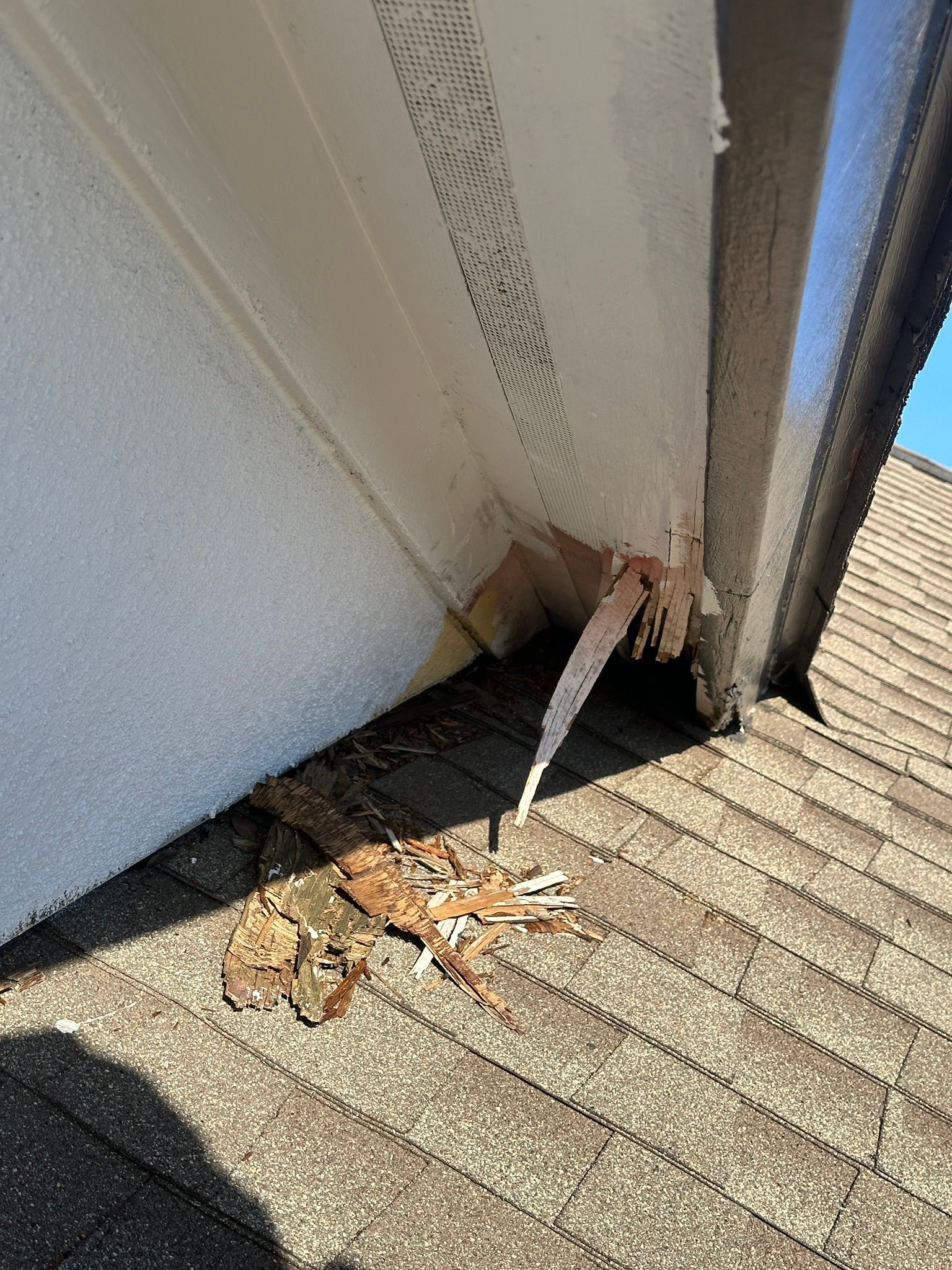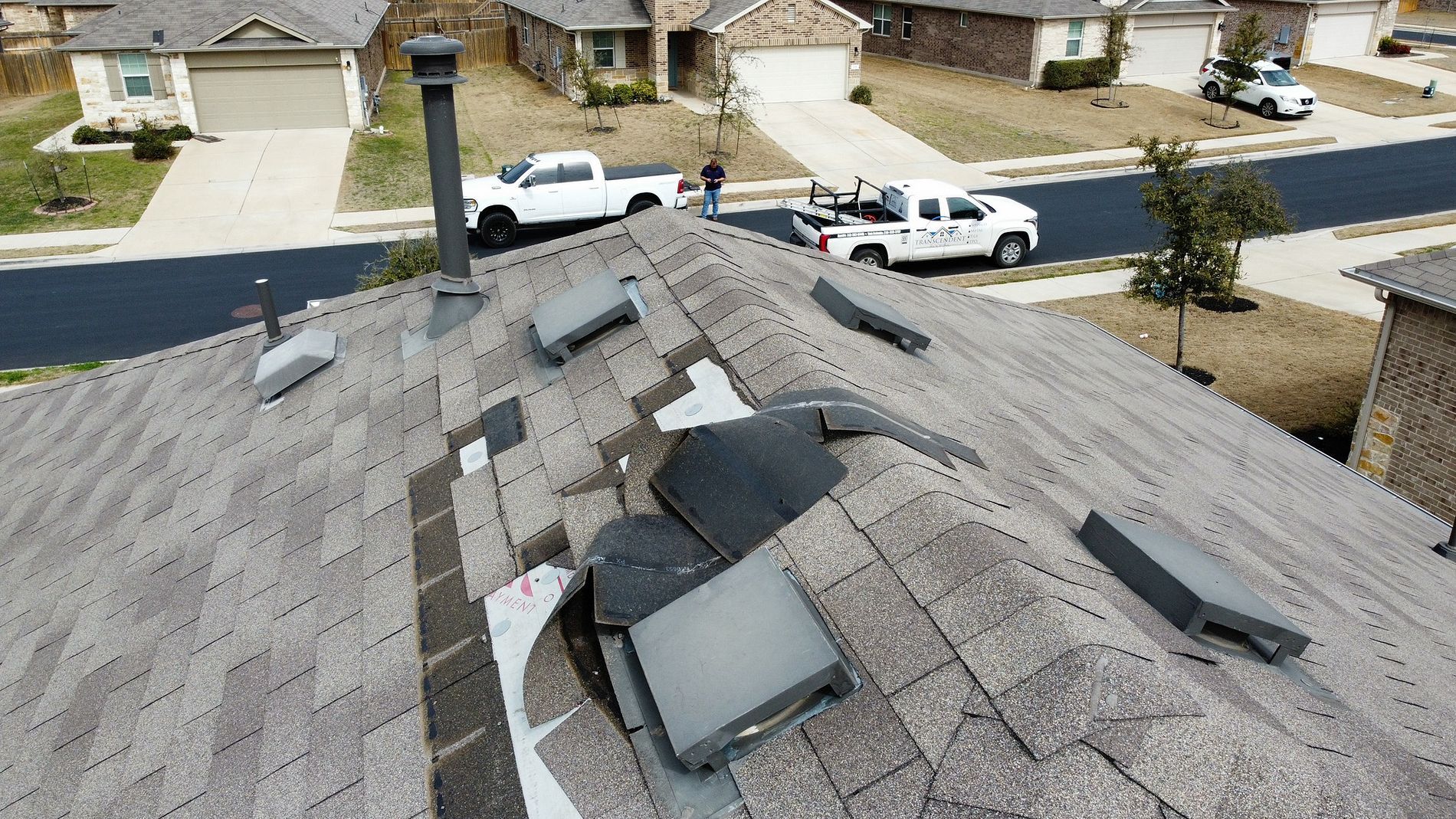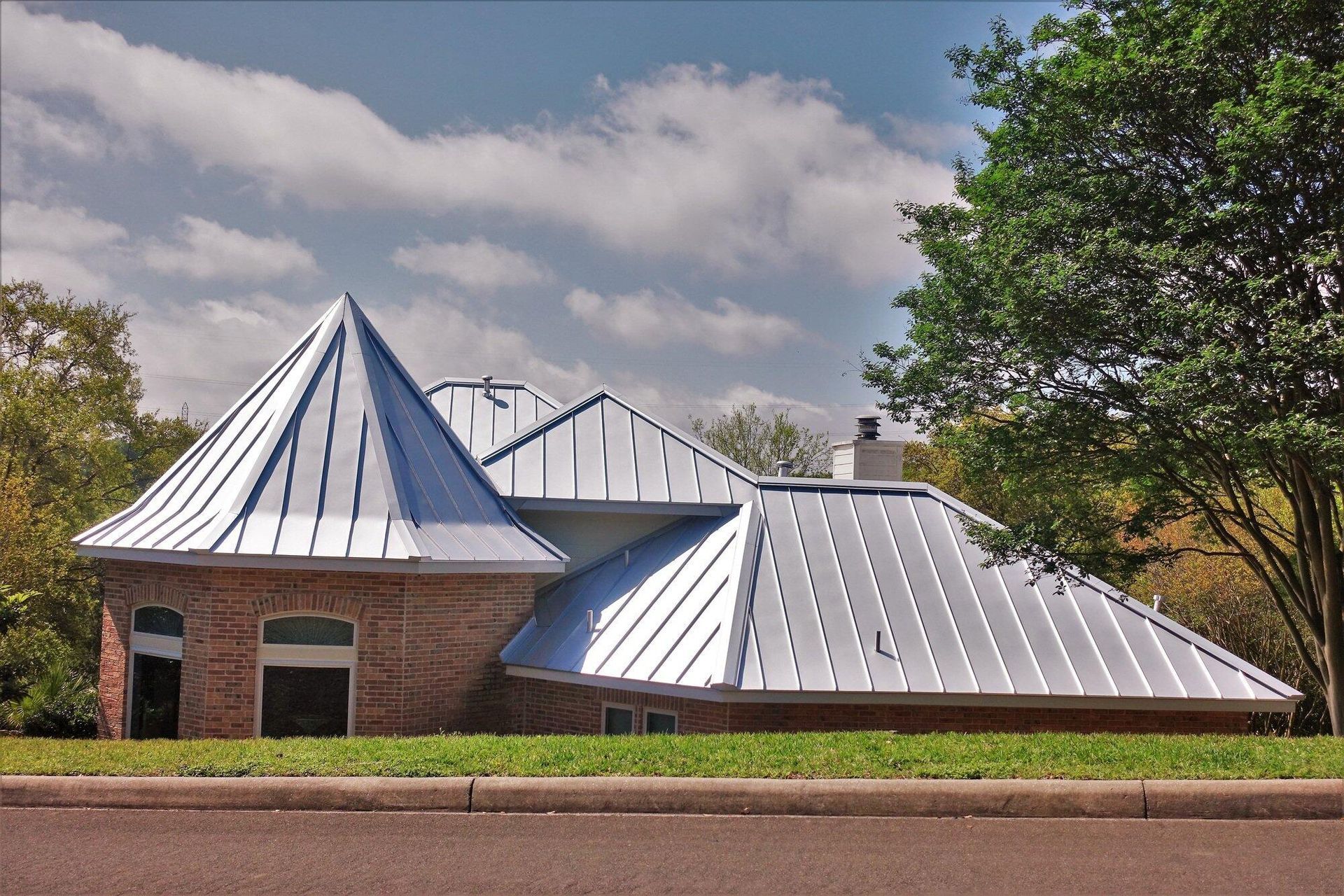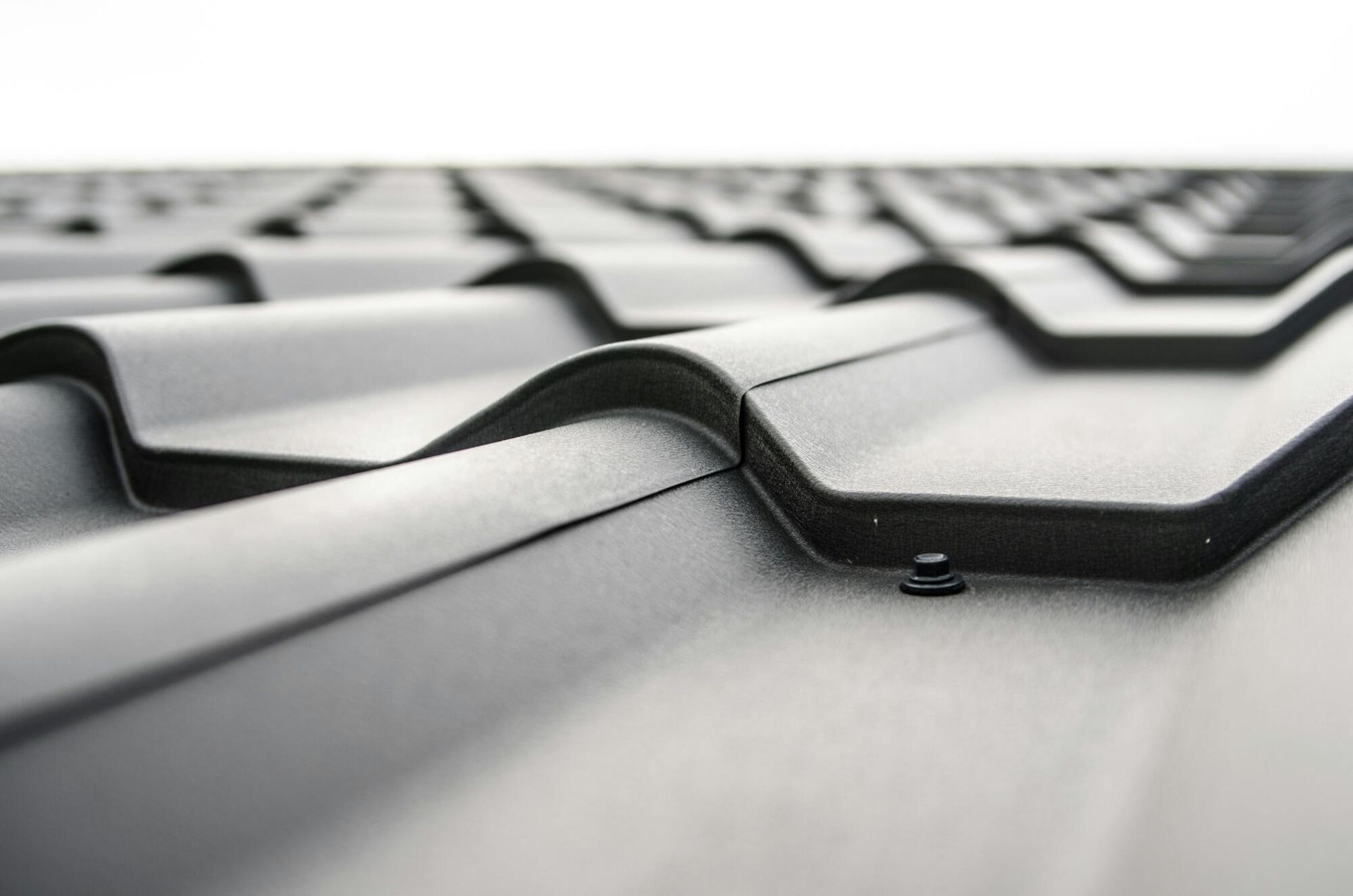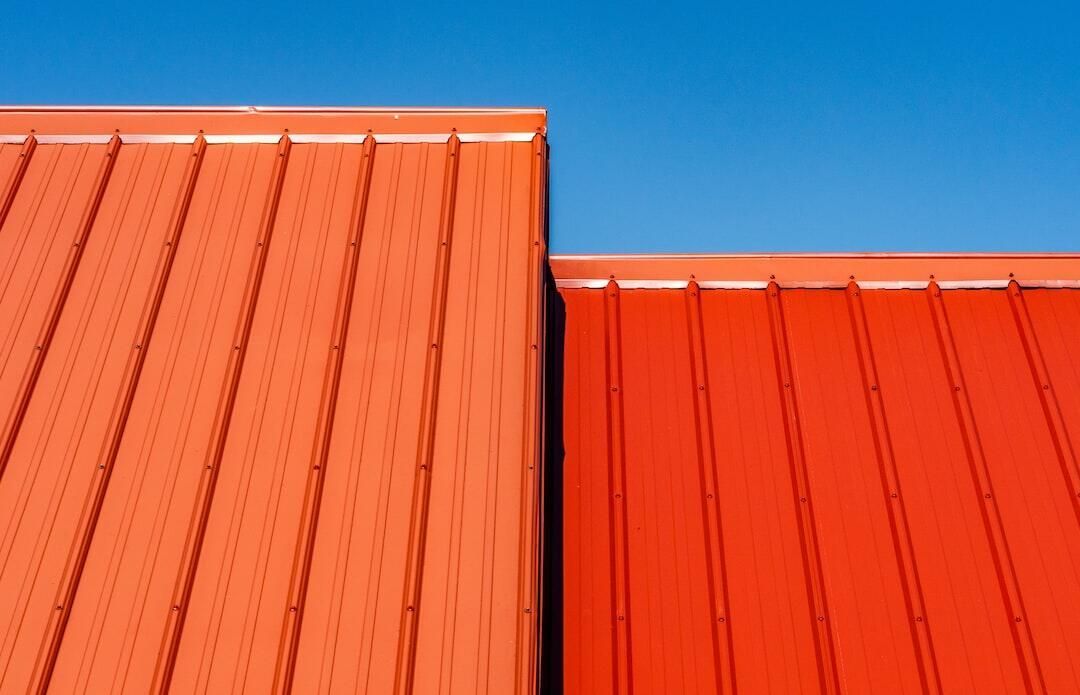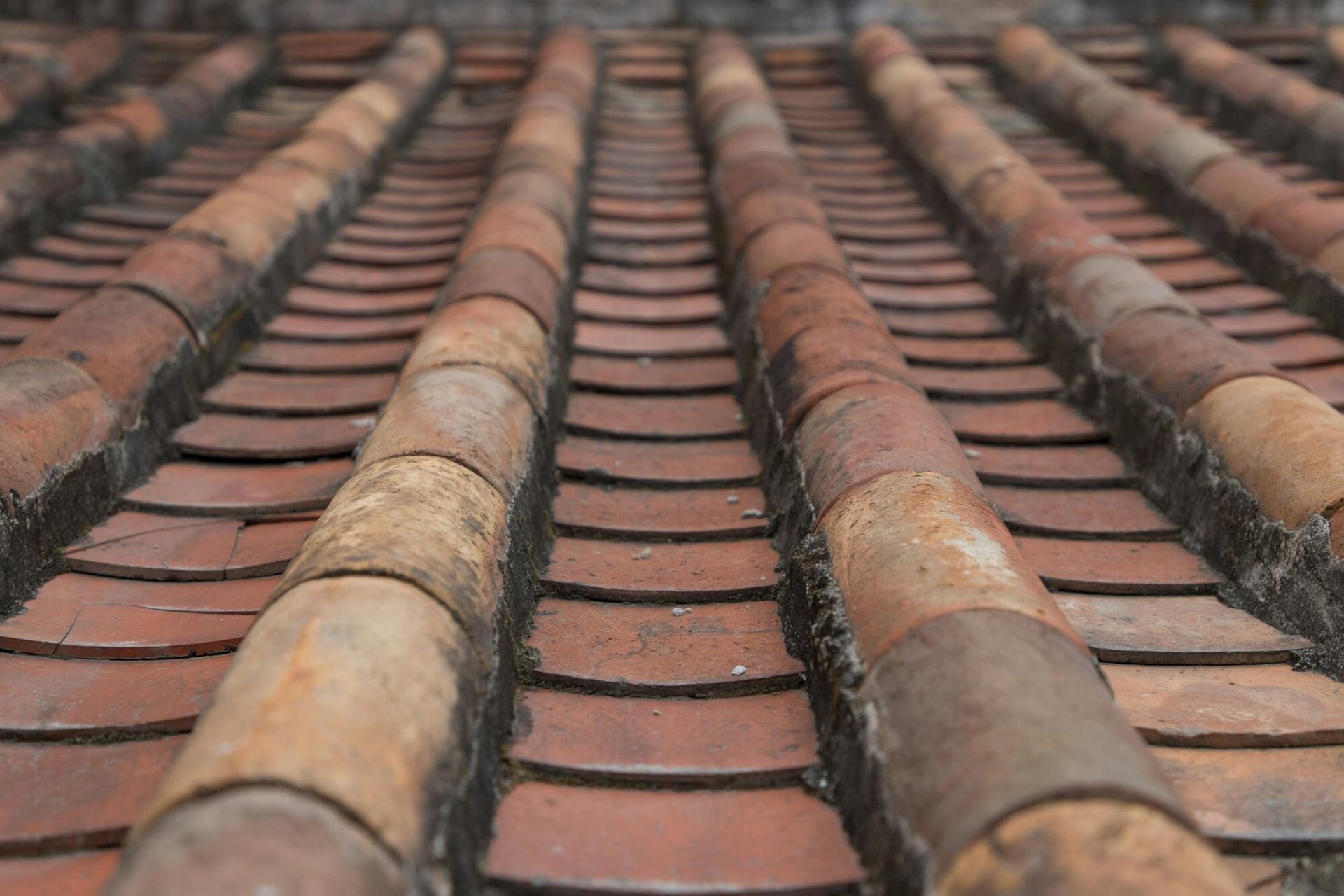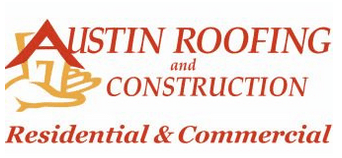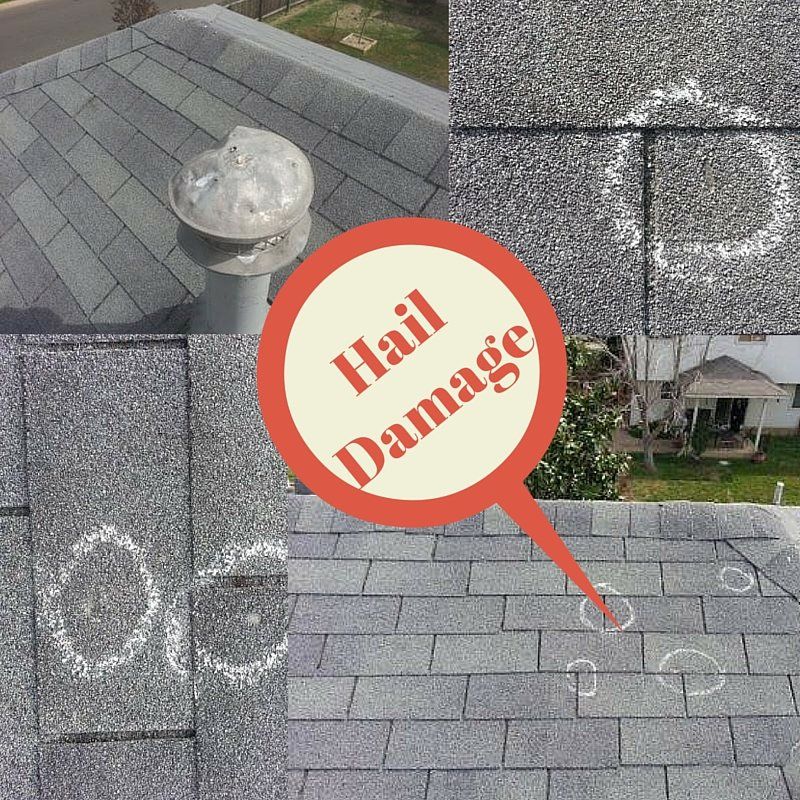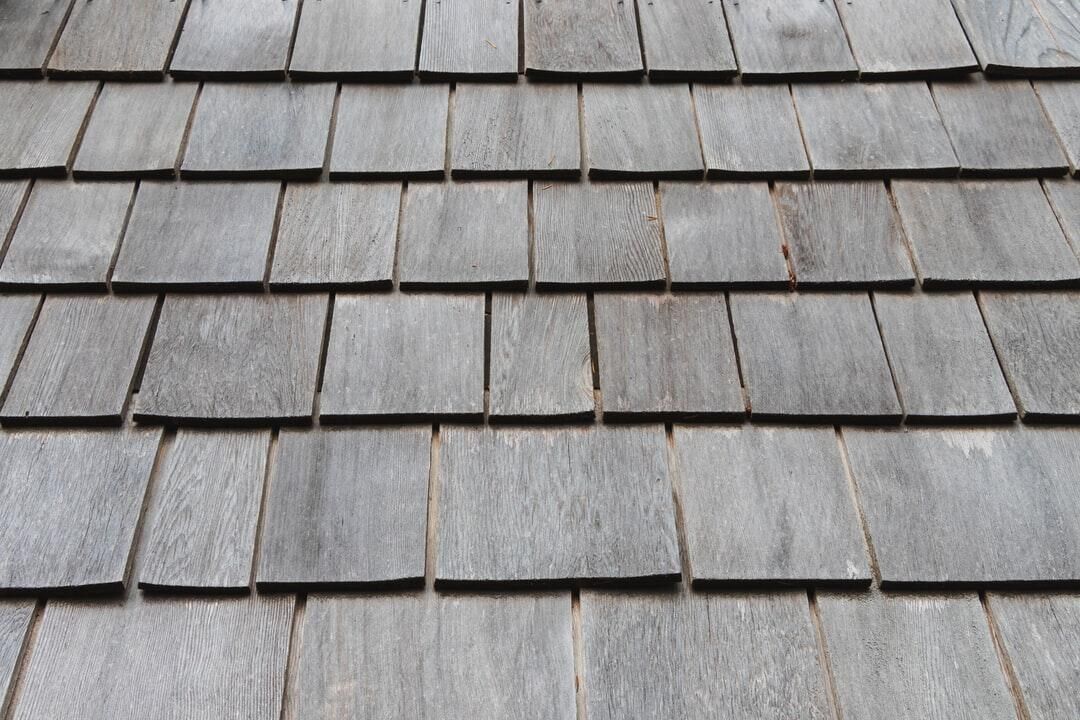House in Austin, TX? 5 Signs You May Need a Roof Repair
Has your roof recently been damaged? Here are the roof damage signs that signal you need a repair ASAP
Get a Free Estimate Today Get a Free Estimate TodayIt's one of the basic shelter requirements of day-to-day life: a roof over your head. So why do so many homeowners neglect their roofs?
The truth is, many homeowners don't know how to check their roof for signs of damage. That's a serious issue because your roof gives you several warning signs of damage before you run into serious structural issues.
Not sure what's roof damage and what's not? Here are a few roof damage signs to watch out for in your roof. And remember: the sooner you take care of your roof, the better it will take care of you.
1. Your Roof is Old (And Looks Its Age)
Is your roof nearing the ripe old age of 25? If so, it's high time to get some fresh shingles.
The life expectancy of your roof depends on the materials you select and where you live. Tab single roofs may only last 10 years , while high-quality shingles can last up to 30 years.
However, the weather conditions where you live will greatly affect your roof's projected lifespan. If you live in an area with all four seasons, your roof will experience major temperature changes throughout the year which causes it to age faster.
Similarly, if you've recently survived the storm season , your roof life just shot down.
This also depends on whether your old roof was removed before the new one was installed or if you have a single layer of shingles. A new roof laid over an old one still leaves you at the mercy of the older roof that's now hidden from view.
Not sure how old your roof is? Look for a paper trail. Knowing when a roof was installed, what it's made of, and when it last had work done goes a long way in determining how much life your roof has left.
2. Shingles are Curling, Buckling, or Missing
Your shingles do a lot of work for you, and they're supposed to look good while doing it.
If they don't look good while doing it, you've got more than an aesthetic issue on your hands. If your shingles are curling or buckling, they aren't doing their job right.
Take a look at your roof in the light. Look at the slope. You should see one flat field of shingles, without any bumps or curls. If your shingles are curling or buckling, they're at the end of their lifespan and it's time to replace them.
Similarly, if you spot any missing shingles, it's time for a new roof. If a curling and buckling shingle can't do its job, a shingle that's missing in action certainly can't do its job either.
Think of it this way: if there's a missing shingle, you literally have a hole in your roof.
3. Valley Low Enough
There's a big difference between a roof with character and a roof that's sagging in old age. You should be able to spot the difference.
No matter how quirky your architecture may be, your roof should be level on its slant.
Go back to our shingle test and take a look at the slope of your roof. Regardless of the angle, the plane of your roof should be uniform. This helps ensure that snow, water, and debris flow off the roof and into the gutter.
If there's an unplanned valley in your roof, snow and water will accumulate there. That means an additional weight on your roof where there shouldn't be additional weight, which threatens your roof's structural integrity.
Plus, if your roof is sagging, that's a major red flag that the roof support is starting to wear out and rot.
4. Flash Forward
Roof flashing is a material used over the joints of a roof to prevent seeping and damage.
You see, the expanse of your roof shingles is one uniform piece, which helps protect it against water and debris. However, the joints of the roof (where the roof meets the chimney, skylights, vents, etc.) are weaker than the rest of the roof since there's a gap that has to be accounted for.
Flashing is meant to protect those seams from unwanted debris and water. However, if your flashing is cracked or broken, the seams underneath it are at risk of seepage.
Check your roof flashing for any signs of wear and tear and replace them if they look less than pristine. If you have an older home, your flashing may be made of tar or roof cement, which you can replace with metal flashing for increased durability.
5. Streaky Situation (aka Unwanted Houseplants)
Fun fact: if your roof has dark streaks, congratulations, you've unwittingly adopted houseplants!
Those dark streaks are caused by airborne algae, moss, and fungi sticking to your roof over time. Moss might look great in a shady corner of your yard, and you might like a few select fungi in your dinner salad, but none of those things belong on your roof.
If your roof has moss, mold, algae, or fungi, that's a sign that your roof has accumulated moisture to feed on, which can wear out a roof slowly over time.
Your first step is to remove the moss, algae, or fungi as soon as you see it. A stiff brush should do the trick. After that, check the roof for signs of underlying moisture damage. Get a roof inspector to check if you need to.
See Roof Damage Signs? Don't Wait
If you see any of these roof damage signs, don't wait for a structural collapse to call a roofer. You can save time, money, and stress by proactively tending to your roof's needs.
If you need roof repair, we can help. We're expert roofers that can handle even your biggest roofing issues. Need a FREE roof estimate?
No worries! Click here or call 512-629-4949

